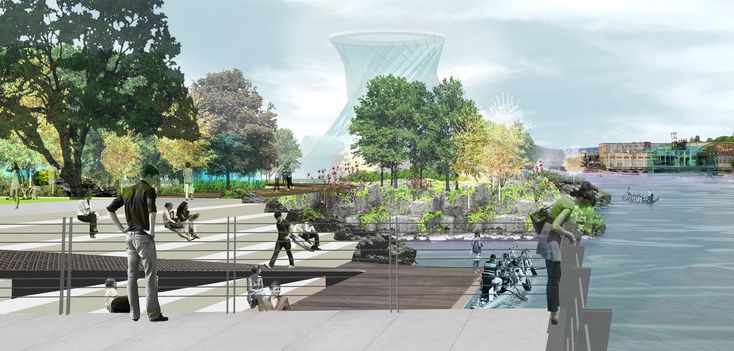When embarking on any construction or development project, understanding the land is crucial. A Preliminary Site Investigation (PSI) is a vital first step that helps identify potential issues that could affect the project’s success preliminary site investigation. In this guide, we’ll break down the process of a PSI and highlight its importance.

What is a Preliminary Site Investigation?
A Preliminary Site Investigation is a systematic process to gather information about a site’s physical, environmental, and historical conditions. This investigation helps stakeholders understand the site’s suitability for the intended use and identifies any risks associated with development.
Why is a Preliminary Site Investigation Important?
- Risk Assessment: Identifying potential hazards, such as soil contamination or structural instability, allows for proactive management of risks.
- Regulatory Compliance: Many jurisdictions require a PSI as part of the permitting process. This ensures adherence to environmental regulations and local zoning laws.
- Cost Management: Early identification of issues can prevent costly delays and unexpected expenses during the later stages of a project.
- Community Relations: Understanding site conditions helps in addressing community concerns, fostering goodwill, and promoting transparency.
Step-by-Step Guide to Conducting a Preliminary Site Investigation
Step 1: Define Objectives
Before initiating a PSI, clearly define the objectives. What information do you need? Are you concerned about environmental contamination, or are you looking into the site’s geological stability? Setting clear goals will guide the entire investigation process.
Step 2: Conduct a Desktop Study
Start with a thorough desktop study. This involves gathering existing data about the site, including:
- Historical land use records
- Previous site investigations or assessments
- Topographic maps
- Aerial photographs
- Geological surveys
This initial research helps identify potential issues before any on-site work begins.
Step 3: Site Visit
Conduct a physical inspection of the site. During the visit, look for signs of contamination, such as:
- Abandoned industrial facilities
- Unusual odors
- Stained soil or water
- Evidence of illegal dumping
Document your findings with photographs and notes.
Step 4: Sampling and Testing
If preliminary observations indicate potential problems, the next step involves soil, groundwater, or surface water sampling. This may include:
- Soil borings to assess contamination levels
- Groundwater monitoring to check for pollutants
- Surface water sampling to analyze quality
Engage a qualified environmental consultant to ensure proper sampling techniques and testing methods are employed.
Step 5: Analyze Results
Once samples are collected, send them to a certified laboratory for analysis. Interpret the results in the context of your initial objectives. Look for contaminants or other issues that may affect the site’s development potential.
Step 6: Report Findings
Compile your findings into a comprehensive report. This document should summarize:
- Objectives of the PSI
- Methodology used
- Observations from the site visit
- Laboratory results
- Recommendations for further action (if necessary)
Ensure the report is clear and accessible for all stakeholders involved in the project.
Step 7: Make Informed Decisions
With the PSI report in hand, stakeholders can make informed decisions about the project. This may involve:
- Proceeding with the development as planned
- Adjusting the project design based on findings
- Conducting further investigations if significant risks are identified
Step 8: Follow-Up
If contamination or other significant issues are discovered, follow up with additional assessments or remediation efforts. Keeping communication open with regulatory bodies and the community is essential to maintain trust and ensure compliance with any necessary regulations.
Conclusion
A Preliminary Site Investigation is an essential component of any successful construction or development project. By thoroughly understanding a site’s conditions and potential risks, stakeholders can make informed decisions that pave the way for a successful outcome. Whether you’re a developer, project manager, or property owner, investing time in a PSI can save money, mitigate risks, and ultimately lead to a more sustainable project.